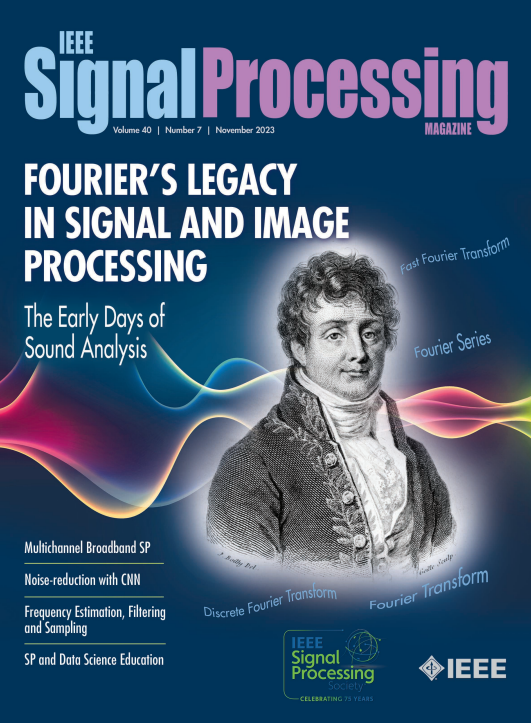From Space-Central to Space-Time Balanced: A Perspective for Moore’s Law 2.0 and a Holistic Paradigm for Emergence [Perspectives]
IF 9.6
1区 工程技术
Q1 ENGINEERING, ELECTRICAL & ELECTRONIC
引用次数: 0
Abstract
The history of electronics is studied from physical and evolutionary viewpoints, identifying a crisis of “space overexploitation.” This space-central practice is signified by Moore’s Law, the 1.0 version. Electronics is also examined in philosophical standing, leading to an awareness that a paradigm was formed around the late 1940s. It is recognized that this paradigm is of reductionist nature and consciousness is not ready to emerge therein. A new paradigm is suggested that diverts from the space-central practice to the foresight of putting space and time on equal footing. By better utilizing time, it offers a detour from the space crisis. Moreover, the paradigm is prepared for holism by balancing the roles of space and time. Integrating the entwined narratives of physical, evolutionary, and philosophical, an argument is made that, after decades of adventure, electronics is due for an overhaul. The two foundational pillars, space and time, ought to be used more meticulously to rectify the electronics edifice. This perspective of shifting from space-central to balanced space-time is proposed as Moore’s Law 2.0 and is embodied as second paradigm, a holistic one. The aim is to transcend reductionism to holism, paving the way for the likely emergence of consciousness.从时空中心到时空平衡:摩尔定律 2.0 的视角和新兴的整体范式 [视角]
从物理和进化的角度研究了电子学的历史,发现了 "空间过度开发 "的危机。这种以空间为中心的做法以摩尔定律(1.0 版本)为标志。此外,还从哲学角度对电子学进行了研究,从而认识到一种范式大约在 20 世纪 40 年代末形成。人们认识到,这种范式是还原论性质的,意识还没有准备好在其中出现。我们提出了一种新的范式,从以空间为中心的做法转向将空间和时间置于同等地位的远见。通过更好地利用时间,它提供了一个摆脱空间危机的途径。此外,通过平衡空间和时间的作用,该范式为整体主义做好了准备。通过整合物理、进化和哲学等相互交织的叙事,提出了一个论点,即经过几十年的冒险,电子学应该进行彻底改革了。空间和时间这两大基础支柱应得到更缜密的利用,以整顿电子学的大厦。这种从空间中心转向平衡时空的观点被称为摩尔定律 2.0,体现为第二范式,即整体范式。其目的是超越还原论,走向整体论,为意识的可能出现铺平道路。
本文章由计算机程序翻译,如有差异,请以英文原文为准。
求助全文
约1分钟内获得全文
求助全文
来源期刊

IEEE Signal Processing Magazine
工程技术-工程:电子与电气
CiteScore
27.20
自引率
0.70%
发文量
123
审稿时长
6-12 weeks
期刊介绍:
EEE Signal Processing Magazine is a publication that focuses on signal processing research and applications. It publishes tutorial-style articles, columns, and forums that cover a wide range of topics related to signal processing. The magazine aims to provide the research, educational, and professional communities with the latest technical developments, issues, and events in the field. It serves as the main communication platform for the society, addressing important matters that concern all members.
 求助内容:
求助内容: 应助结果提醒方式:
应助结果提醒方式:


